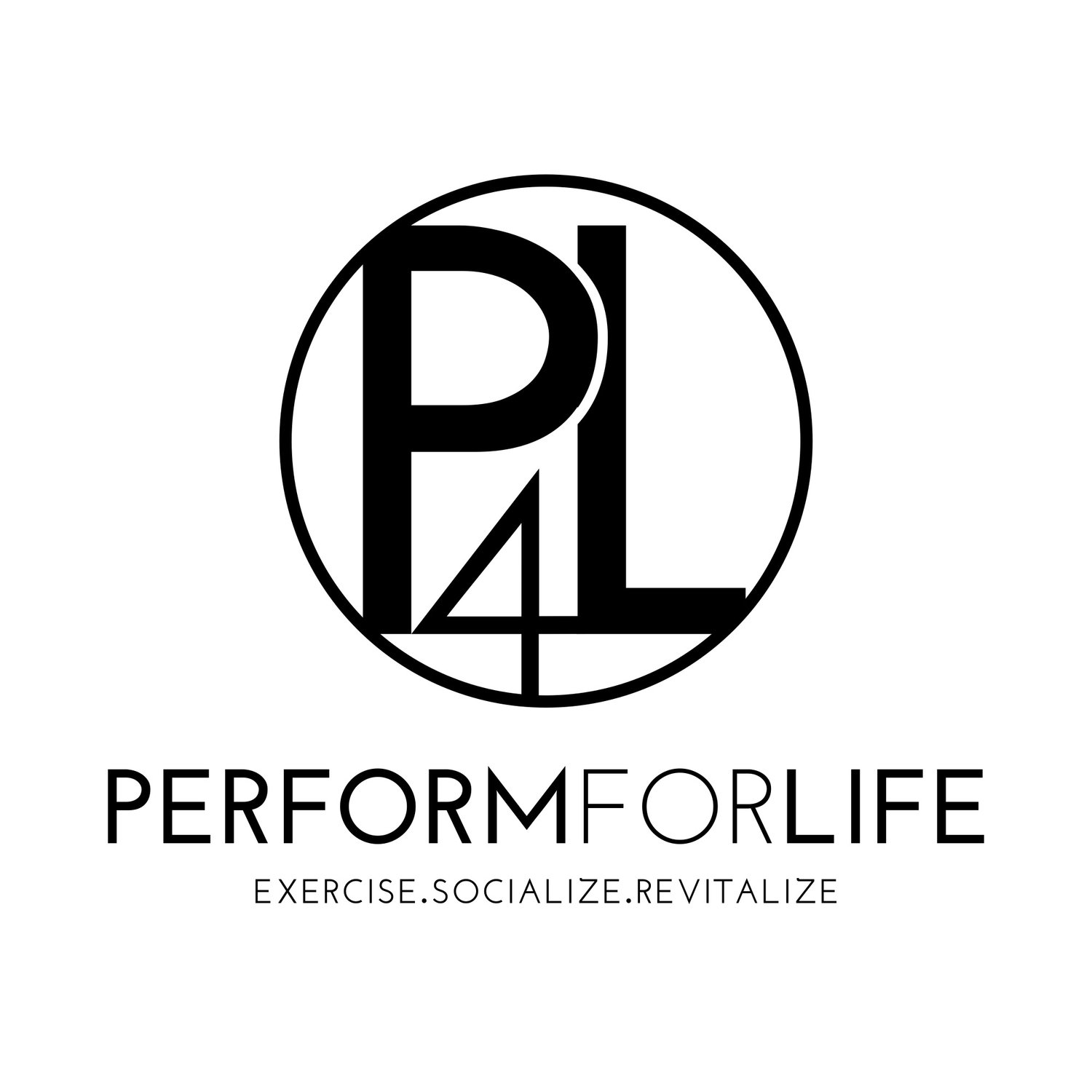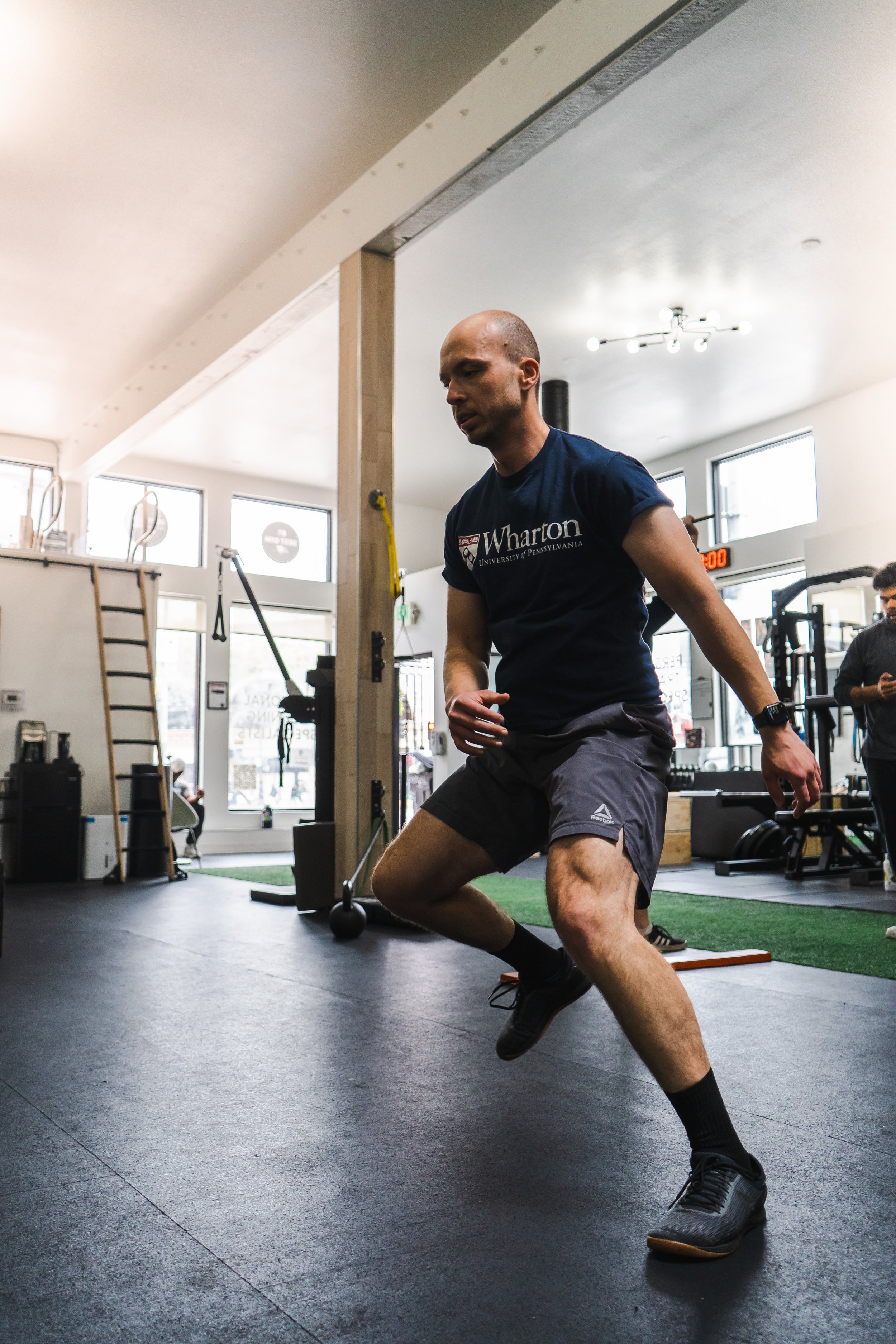WTF is Manual Muscle Testing?!
When you’re sweating through your workout at P4L, or if you’ve ever just walked by the gym and peered through the windows, you may have noticed a few coaches standing around and weirdly pushing on their client’s limbs and muscles. A client may be standing or sitting or even lying on a massage table as a coach pushes or pulls at an arm or leg from a multitude of awkward angles. What’s going on at P4L? It may look a bit strange, but what’s actually being done is a very cool tool called manual muscle testing.
Manual muscle testing is a diagnostic tool that comes from Applied Kinesiology with which a practitioner can evaluate whether or not a muscle is neurologically functional. It works by having a patient or client perform a muscle movement that the practitioner manually challenges so as to see whether or not the client can appropriately meet the resistance. Maybe it’s best to use an example to explain what I mean.
Let’s say I want to muscle test my client’s latissimus dorsi, or lat (a muscle located on the back side of the body). The client may be standing, seated, or even lying down and I’d begin by having her internally rotate her shoulder (so that their palm is facing away from their body, below).
Then, I’d instruct her to meet my resistance as I pull her arm away from her body into flexion and abduction (in front of and away from the body), thereby challenging her to adduct (pull toward the body), extend (pull behind the body), and internally rotate the shoulder in one motion, which are all the muscle actions of the latissimus dorsi.
This is why I have my client maneuver in such a specific way - so that I can target one specific muscle and challenge it to perform its main action by trying to pull it in the opposite direction of said action.
This is just one example, but we have muscle tests for all the major muscles of the body, so now that you know how it works, you might be able to see how manual muscle testing is a handy tool for thoroughly assessing a variety of movements from head to toe. We can test whether muscles can contract and relax properly, which is very important from a neurological standpoint. Clients can tell us if activating a specific muscle causes pain, which can lead us to the right steps for resolving and preventing that pain. We can look for areas of weakness or for weakness in specific muscles that may correlate to dysfunctions in exercise, which can then help us to correct movement.
Manual muscle testing is one of the many tools some of us use alongside our exercise programming and bodywork, and it has definitely been a useful one. It's helped some of my clients improve muscle activation, reduce or prevent pain, and achieve their goals. So the next time you notice a training session on the floor that looks a little different, just know that our clients and patients are (literally) in good hands. Maybe even give it a try yourself!















